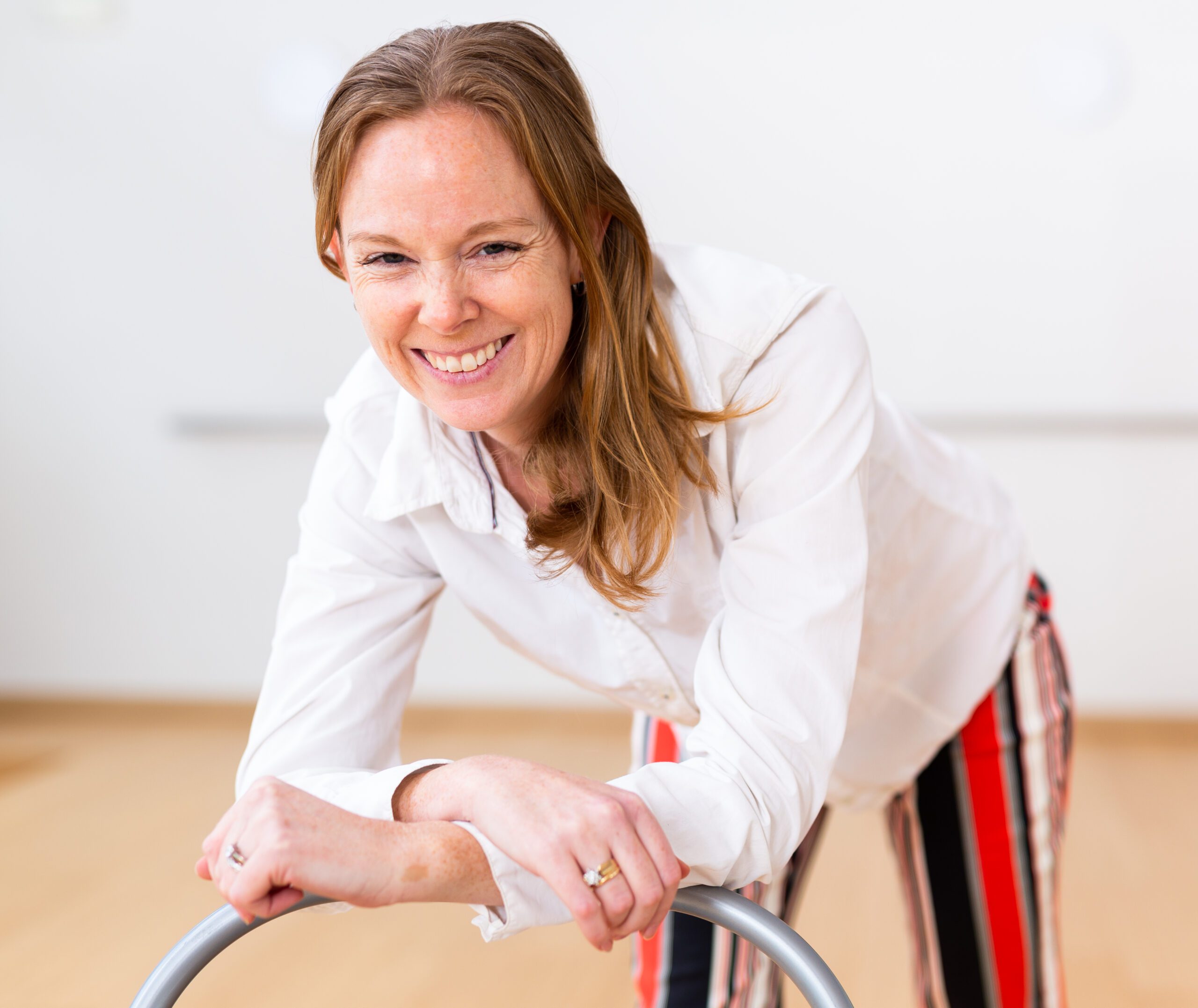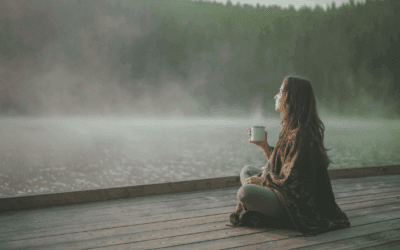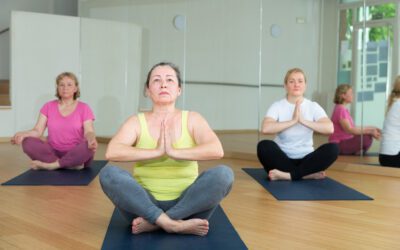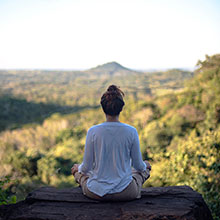Over the past five years, I have run more than 25 silent retreats across Europe. These experiences have taught me so much about the participants and about myself.
One of the most valuable lessons I’ve learned is the importance of entering a silent retreat with zero expectations, especially as a participant. You truly never know what may arise mentally, so it’s best not to anticipate anything in particular.
Silent retreats are incredibly challenging mentally, emotionally, and physically. As a participant, you are asked not to talk, write, read, or even make eye contact with others. On top of that, you’ll sit for at least four hours of meditation each day. The human mind doesn’t like to be still, and yet we ask it to slow down, to stop thinking, and to be mindful for 48 hours or longer. It can be difficult on so many levels.
Often, boredom sets in. You may find your thoughts repeating themselves endlessly. Even small noises like the creak of a door can become major irritants. Your body may ache from sitting in meditation for an hour on the floor. If you’ve ever seen or read Eat, Pray, Love, you’ll have a sense of what it’s like. Silent retreats challenge your inner world. They teach you to surrender to accept that your knees will fall asleep, that your mind will race, and that discomfort is part of the process.
Each retreat is different. Every time I facilitate one, I come in with a certain mindset and come out changed. I always leave feeling like a better version of myself: more mindful, more grounded, more present, more grateful, and more focused. There has only been one retreat where I didn’t feel more productive afterward pretty good odds, if you ask me.
At my most recent retreat, I arrived with a lot of mental heaviness and left still needing more silence and reflection. That can happen too. Sometimes, you don’t leave feeling refreshed, and that’s okay. It reinforces my belief that going into a retreat without expectations is the healthiest approach. I had assumed I would leave recharged and ready but that wasn’t the outcome. And that’s perfectly valid.
What I’ve learned from running these retreats is this: every human being needs time to be still. We must learn to sit with our own minds. True clarity only comes when the mind has space to breathe, to listen, and to reconnect with itself. It’s incredible to witness the changes people undergo in just 48 hours of silence. For many, those two days are transformative.
I run silent retreats because I believe in their power to bring peace, clarity, and renewal. In our hyper-connected, always-busy world, we need intentional time to care for ourselves and slow down. The reflections participants share after the silent portion are often astonishing.
One man told us that he was so focused on planning every detail of his future that he realized he was actually regretting the future before it had even happened. Another participant admitted she had been taught to always be productive, and when she was given free time with nothing to do, she was completely lost. She even put away her watch and let the gongs we use guide her schedule. A woman with fibromyalgia was worried she wouldn’t be able to do the yoga or hikes, but she ended up participating fully and left feeling rested and strong. Meditation and stillness can be profoundly healing for both the mind and body. Sometimes, simply listening to ourselves is the key to peace.
I co-facilitate these retreats with Lezanne, and together we hold the space with deep care and respect. It’s not always easy to guide a group of 15–20 multinational participants through silence. Everyone arrives with their own unique struggles, energy, and expectations.
As facilitators, we tune into the energy of the group. We can feel when a meditation session is heavy or when the room carries a certain tension. It’s hard to explain unless you’ve experienced it, but the atmosphere often speaks louder than words. Some retreats feel so light and connected that we could sit with the group for a month. Others are more intense, and by the fourth day, it’s time to close.
We also handle all the catering ourselves, which can be a challenge. We follow a strict sattvic diet plant-based, gluten-free (I have celiac disease), and free from refined sugar, caffeine, onion, garlic, and hot spices. This way of eating supports digestion, increases energy, and enhances the ability to meditate. It’s true what they say: you are what you eat.
Participants often arrive with dietary restrictions. We’re always relieved when no one has any allergies. The simplest retreats are when everyone can eat the same meals. Once, we had a participant who claimed to be allergic to nearly everything. Preparing her meals was complex until we discovered the issue wasn’t allergies at all. She had anorexia and was avoiding all carbs and fats. She insisted she needed approval from her doctor to eat certain foods. It was deeply concerning, and a reminder of how many people silently struggle with disordered eating.
In fact, eating disorders come up more often than one might think. One woman told us after a retreat that she had battled an eating disorder for years, counting calories obsessively. During the retreat, she ate well, and we had no idea. It’s heartbreaking how common these struggles are, and I often feel a deep sense of concern and compassion for our guests’ well-being.
As facilitators, we see and feel everything. We are with participants 24 hours a day. We witness their pain, their joy, their breakthroughs. Some guests cry, others get angry. Some slam doors or hit tennis balls outside to release emotion. It’s all the mind trying to process, to find balance, to release tension. Every reaction is valid.
Once, I found myself crying uncontrollably for 10 minutes while lying in the sun. It was intense but it was healing. That’s the beauty of silence: it gives the mind and heart the space to release what’s been held in for too long.
The most rewarding part of the retreat is the sharing circle at the end. Listening to the guests’ stories their breakthroughs, their struggles, their appreciation for our homemade meals is always heartwarming. Nothing surprises me anymore. And of course, sharing is entirely optional. We respect everyone’s comfort levels. Whether you’re an introvert or extrovert, we honour your choice to speak or remain silent.
The most difficult part of the retreat is often the end. Once silence breaks, the sudden burst of conversation can be overwhelming. I sometimes step away and eat the final communal meal alone. It’s just too much noise after so much peace. I often find myself longing for more time in silence, more meditations, more nature.
By Heather Anderson





